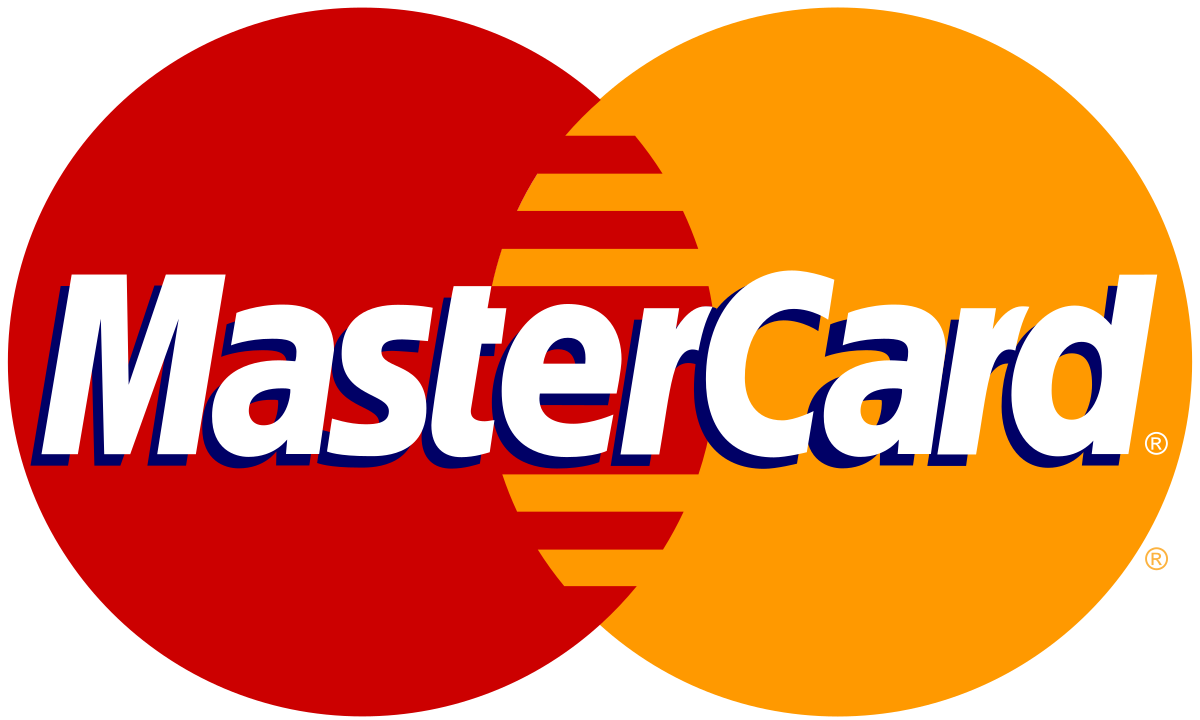24 June 2015 ABL's Best Carton Tips
How to Choose And Use Cartons In Your Workplace
ABL's Best Carton Tips To Help Your Business!
With over 30 years industry experience as a supplier of cartons in South East Queensland — we are the experts on helping you get the best value for money and results on your carton purchases.
This article contains our very best 'carton' tips to help your warehouse run smarter, smoother and more cheaply.
1) Stock vs Custom Cartons
This is a primary consideration when looking at your carton purchasing. There are advantages and disadvantages to both options and it is best to choose based on your carton requirements, storage space and cash flow needs.
Stock Cartons
- Always available
- Order as you go (cash flow benefits)
- Minimal storage required
- Over 90 stock sizes
- General shipping and some heavy duty grades
- Great as a back up when custom boxes are in short supply
- View our huge stock range of cartons here
Custom Cartons
- Lead time 2–4 weeks from order
- Minimum order qtys apply
- Possibly several pallet spaces required
- Custom fit for your products
- Choose your own board grade
- Custom printing available
- Often cheaper per carton due to larger, personalised runs
- Apply online for a custom carton quote here
2) Make Sure Your Cartons Perform
a) Correct Measurements
All carton measurements are internal.
When reviewing a stock list, or wanting to design your own carton, realise that the measurements for all cartons are internal, that is, they are taken inside the box rather than the outside of the cardboard exterior.
This means that the sizing of your carton will not be affected by changes to the board grade.
b) Don’t Have Goods Rattling Around In Your Cartons!
The quickest way to destroy a carton is to have the internal products break it from the inside out.
Make sure you fill any void space with void fill or bubblewrap.
This also adds shock protection to your products in transit—meaning less damage, fewer replacements and happier customers!
c) Use The Correct Board Grade
Cartons can be made to look dramatically cheaper if one changes the board grade.
Sometimes this may make no difference depending on what the carton is designed to carry… but in general, the performance of a carton is determined by the quality of the board grade.
When asking for a quotation, make sure that you inform the carton manufacturer:
- i) The conditions your carton will be kept in (e.g. refrigerated?)
- ii) Whether it is to be palletised, and if so, how high?
- iii) Weight and type of object/s to be placed into the carton
- iv) How far the carton is to travel (i.e. how many handling points?)
d) Store Your Cartons Correctly
To make sure your cartons do their job, they must be stored correctly.
Don’t leave them where they can get wet or be exposed to moisture — this can result in a mouldy mess or weak, collapsing cartons.
Also, if you leave cartons where they can get dusty, remember to wipe them down before attempting to stick tape/labels onto them — nothing sticks to dust!
3) Consider Marketing Your Brand On Your Cartons
A few cents extra per carton can bring big rewards in return sales and brand identity.
Printing is a simple process to add to your custom cartons.
There is a once-off charge for printing plates (per size and colour), and then an approx. 5–10% increase in per-carton price ongoing.
Simple designs of one to two colours work best on cartons.
A cost-effective alternative: use printed tape or custom labels to brand stock cartons or a variety of changing sizes.
Either method only adds a few cents to each shipped carton but can act as a powerful “silent salesperson.”
Many customers report a strong increase in repeat orders simply by printing something like: “To reorder, call... XXXXXXXXXX” and including their logo on their packaging.
Often, your old carton is what a customer finds when they need to re-order — make sure it directs them straight back to you.



